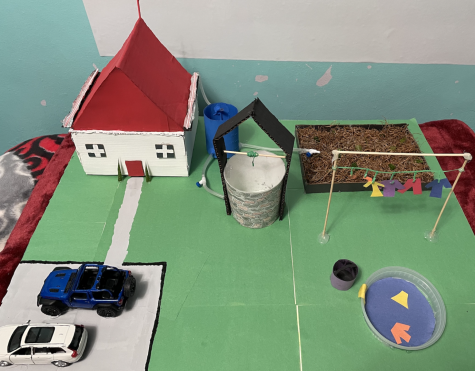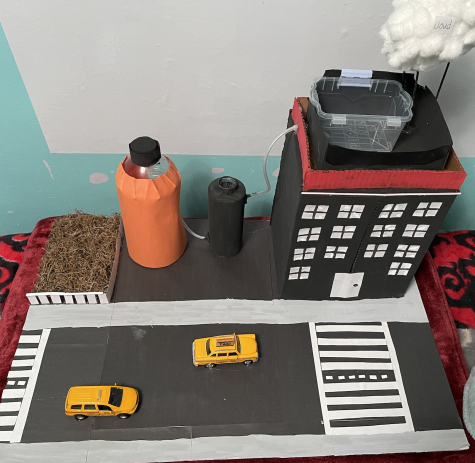Rainwater harvesting: A guide for beginners
April 5, 2021
For my senior project I chose to dive deeper into Rainwater Harvesting, a topic I learned a little about while writing my research paper. After forming an understanding of the global water crisis it became apparent that as climate change gets worse, the depletion of water resources around the globe will only increase as time goes on. Rainwater harvesting is an existing method of collecting water for use to try and minimize the amount of water that is being used for non-drinking purposes. Often times, in developing countries or countries with extremely irregular weather patterns, rainwater harvesting is all people have to get their water. The problem is that, unfortunately, these countries also are unlikely to have the resources they need to ensure that their systems are providing safe, quality water that has gone through the right filtration processes. In fact, in some places rainwater is used after it has gone through little to no filtration.
I wanted to form a better understanding of the different parts that can make up a rainwater harvesting system, while also comparing what this looks like in more of a suburban setting, v.s what it could look like in an urban one. To do so, I created 2 models with functioning tubing to represent the different ways rainwater harvesting can look, along with its uses.
Here is the pamphlet I made to describe what can be learned about the rainwater harvesting process:
Here are images of my models:




